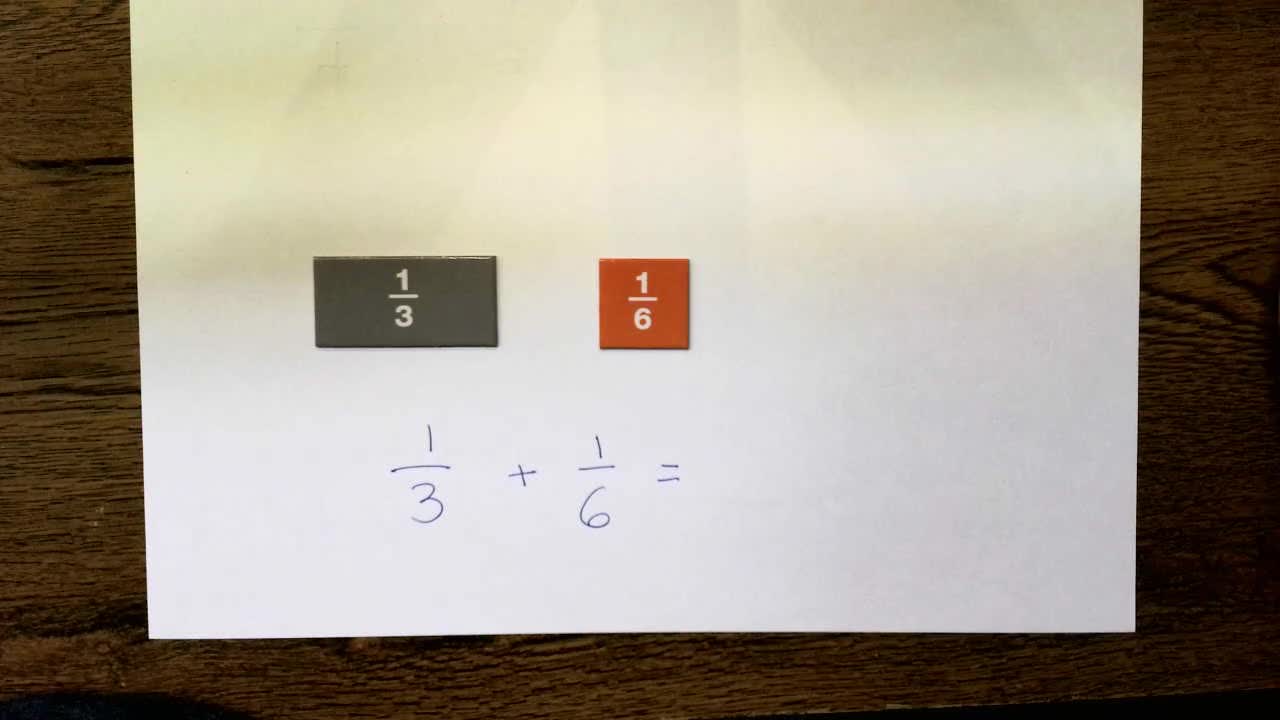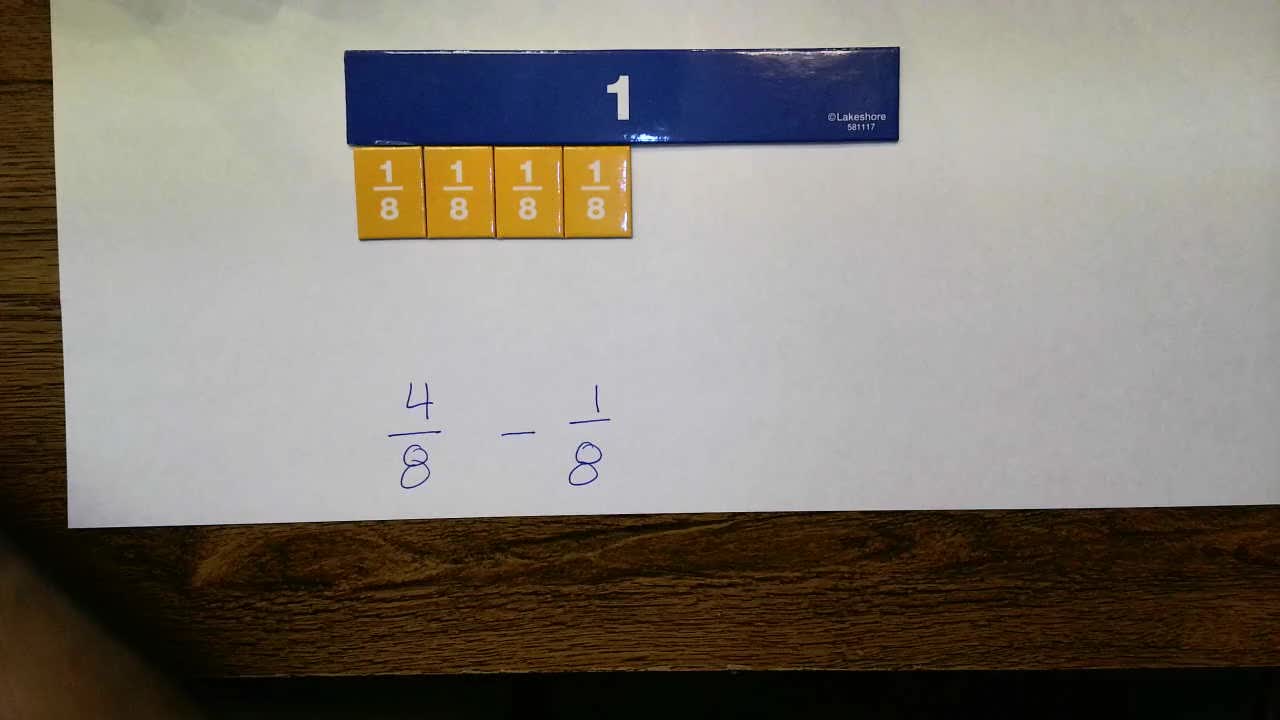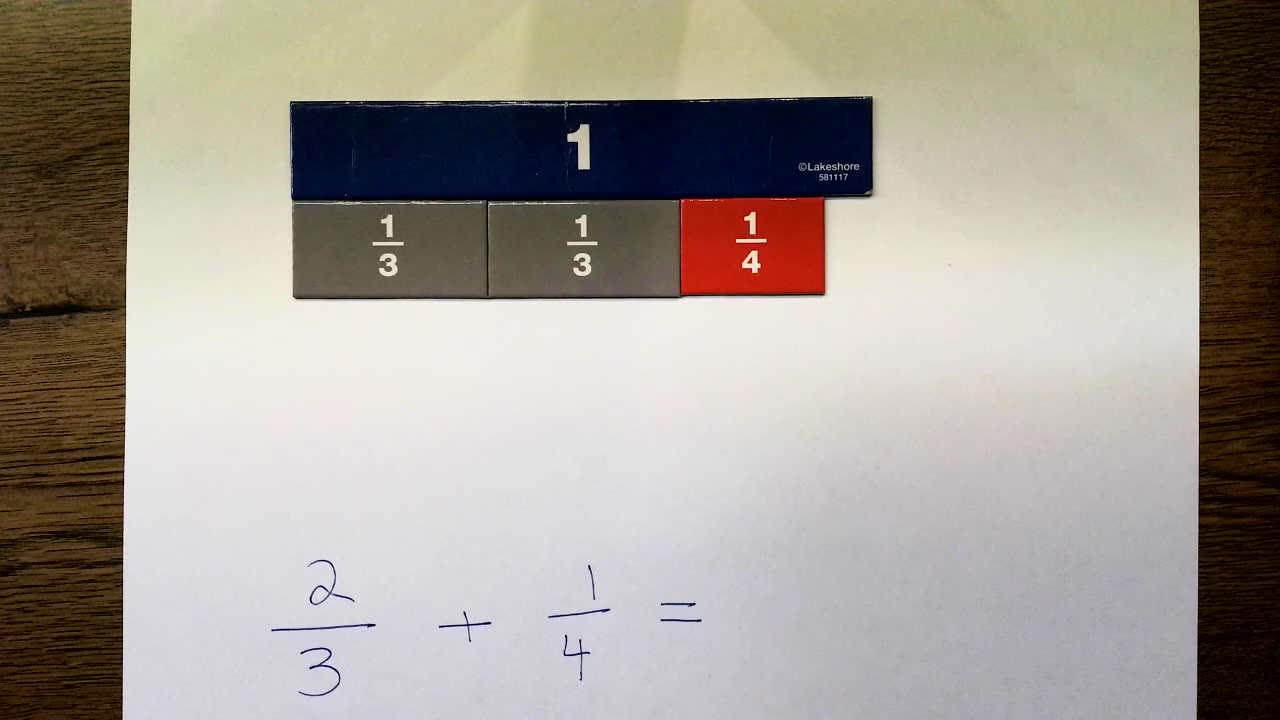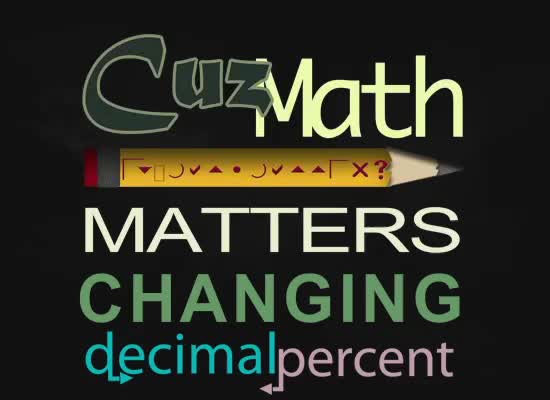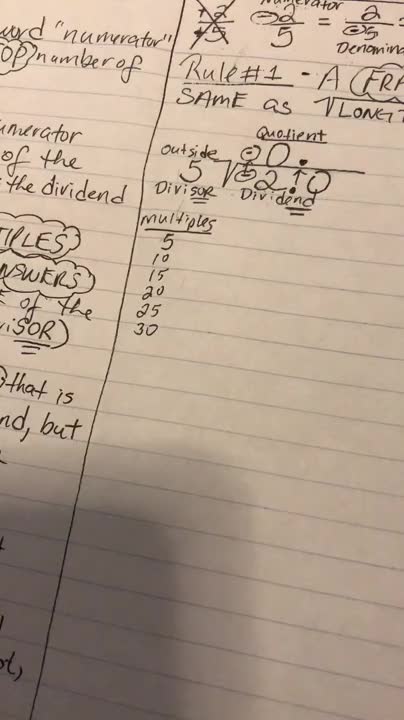Understanding the U.S. and Iran
Elementary / Math / Ratios and Proportions
Interested in teaching this history? Download the Teacher's Guide and Student Viewing Guide here: http://ncmideast.org/middle-east-explained/. There has been much discussion about tensions between the United States and Iran. In this 7-minute video, Dr. Charles Kurzman gives an overview of the complex relationship between the two countries. Relations between Iran and the United States go back more than a century to the Iranian Constitutional Revolution of 1906 when Iranians demanded democracy and looked to the United States for support. Relations shifted when the United States and Britain organized a coup d'état in 1953 to overthrow the popularly elected prime minister, Mohammad Mossadegh. During the latter half of the 21st century, the United States supported the shah (king), Mohammad Reza Pahlavi, despite his human rights violations. In 1978 and early 1979, millions of Iranians took to the streets to protest the monarchy, and the shah fled into exile. Later in 1979, a small group of Iranian militants climbed the walls of the United States Embassy in Tehran and took more than 50 Americans hostage. Tensions between Iran and the United States have continued ever since, as both countries have vied for influence in the Middle East. Many Americans and Iranians hope that the Nuclear Deal, signed in 2015, will lead to a new chapter in United States-Iranian relations based in goodwill and cooperation.












